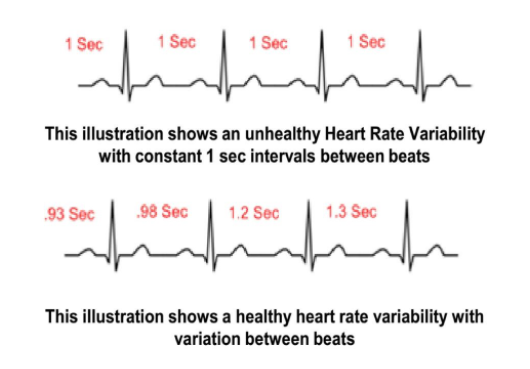Over three days in June each year the international counterpart Children’s Tumor Foundation USA host a meeting which brings the leading names and minds in the NF research space together to share their learning, network and assist collaboration. This year Natalie McCloughan from our support services team was fortunate enough to attend this event virtually.
A wide range of topics were covered over the three days from basic science research to clinical trials and everything in between. There was significant focus on how the different types of tumours develop with the aim to find therapies to improve the lives of those impacted by all forms of NF.
Until recently scientists have not been able to model skin NFs in the lab. Having created a model of these tumours researchers from the University of Texas have been able to identify the cells these tumours form from. They discovered that a loss of NF1 function delays the process of stem cells turning into Schwann cells, the cells that coat nerves. This is an important finding as knowing when, where and how tumours develop provides knowledge upon which to base therapeutic interventions.
The CTF Clinical Care Advisory Board presented on their recent achievements including the adaptation of clinical care guidelines and diagnostic criteria the latter of which was published this year for NF1. They have also been undertaking projects such as looking at the impact of the COVID-19 pandemic on NF care, which they determined had been significantly impacted, as we would expect. They have also been looking into the access to new therapies through the NF clinics. Barriers to treatment included insurance, patient eligibility and patient hesitancy to access.
Of interest to some of you, a fair amount of work has been done in the NF2 and Schwannomatosis topics including pain, discovering an overlap between Schwannomatosis and Noonan Syndromes and a previously unreported new syndrome overlapping Schwannomatosis and goite along with a number of other projects specifically focused at NF2 therapies.
2021 US CTF NF Virtual Conference Highlights
Pain has been known to be a significant issue for people with all forms of NF for a long time, but only in recent years has research emerged to highlight just how prevalent it is and what mechanisms cause it in these conditions through to assessing effectiveness of evidence-based interventions to support pain management.
The first presentation focused on the relationship between persistent pain and heart rate variability which has been known about for some time. Essentially a variable heart rate is healthy, but when someone experiences chronic pain this variability drops away as it does in response to stress, which results in an inability to effectively adapt to and flexibly to the stress.

Image credit: Unknown
Dr Taryn Allen and her team from the Frederick National Laboratory for Cancer Research have previously looked at whether heart rate variability needs consideration in people with NF1. They found in their 2018 study that it does! A lower heart rate variability they found correlated to a higher level of pain interference in daily life and a greater inability to adapt to work around the pain.
Their current study has looked at whether Acceptance and Commitment Therapy (ACT) which is an updated version of Cognitive Behavioural Therapy (CBT) is an effective intervention for NF1-related pain. This is an intervention including mindfulness, acceptance and values-based action to assist in allowing someone to mentally adapt to the circumstances they find themselves in.
Dr Sherman from the Oregon Health and Science University explained that there are two types of pain: resulting from external stimuli (e.g. heat) and resulting from damage to nerves. He outlined that over the last decade or so they have discovered that the mechanisms behind pain in each of the three forms of NF are different. However, there are still some similarities.
Recent research has demonstrated that Schwann cells (the cell of origin for NF-related tumours) play a role in the body’s natural pain promotion system. Dr Sherman’s lab has been interested in finding out whether Schwann cells that are predisposed to develop into tumours also behave this way. Their lab has taken an interest in the fact that people with Schwannomatosis experience different levels of pain depending upon the mutation they carry and have sought to find the mechanism behind this in one of the genes responsible finding genes associated that are likely linked to pain promotion.
The third presentation given by Dr Justin Jordan from Harvard provided an outline around Schwannomatosis and pain highlighting that pain is often not associated with a particular tumour generalised. Interestingly, unlike the other forms of NF the genetics of Schwannomatosis are still not fully understood and there is a significant number of people diagnosed with this condition who do not have a gene change in the two genes known to cause the disease. It is suspected that these people with have multiple changes in various genes across their genetic recipe book.

Image Kehrer-Sawatzki et al 2017
Unlike the genetics the breakdown of Schwannoma locations is better understood. They are most often found in the arms and legs and spine. Tumours just under the skin and in the brain are less common in this condition.
Dr Jordan’s lab has been looking at whether the gene change someone with Schwannomatosis has relates to the level of pain they experience. Their 2018 publication indicated that there is indeed a clear correlation. Their findings corroborate research published back in 2012 suggesting that people with a gene change in LZTR1 experience more pain and therefore a lower quality of life than people with other gene changes.
Despite all this great work being done there is still so much more to learn about the relationship between NF and pain, and more research is on the way.